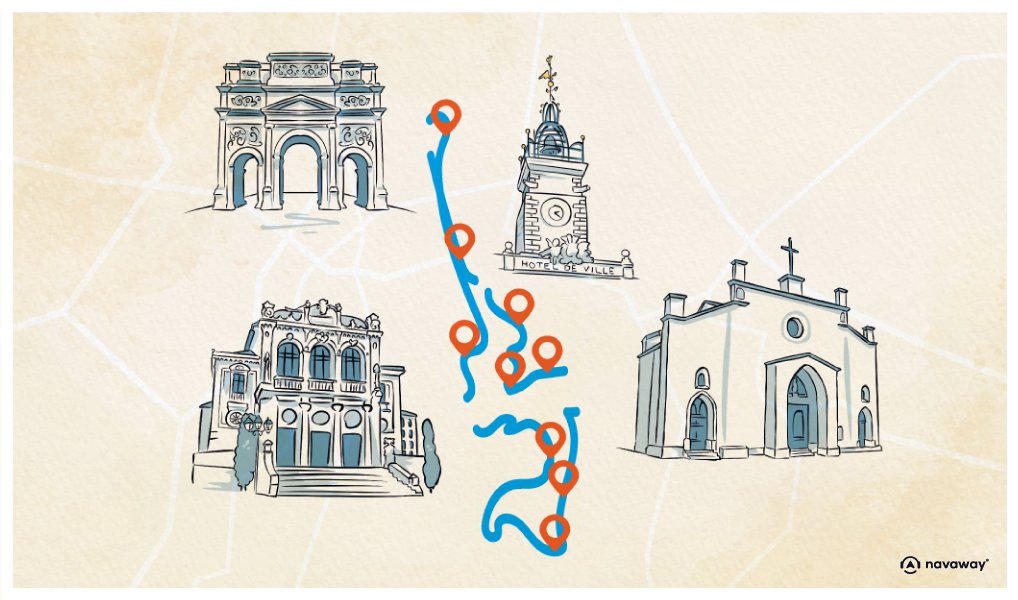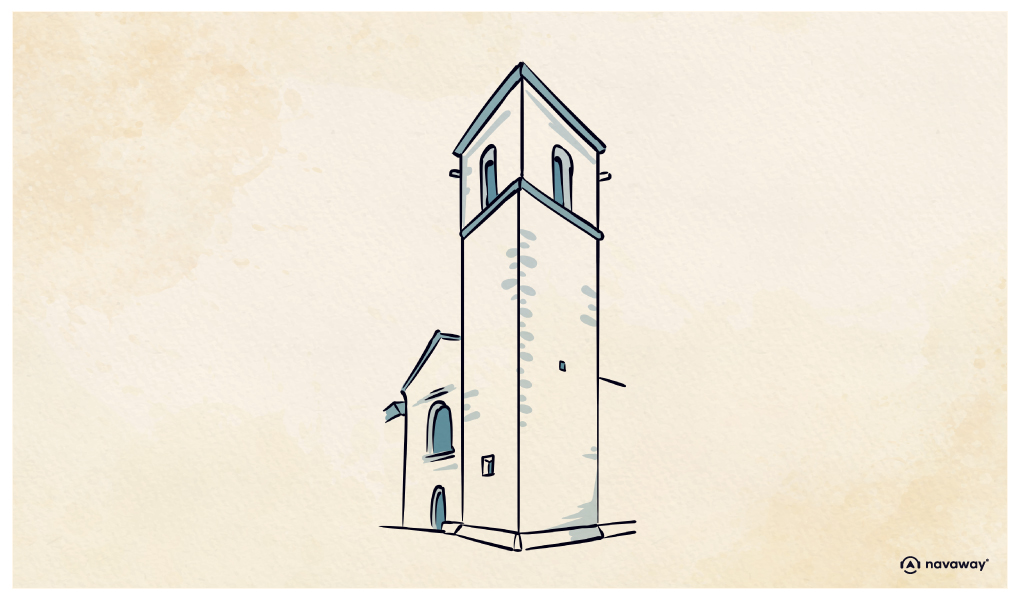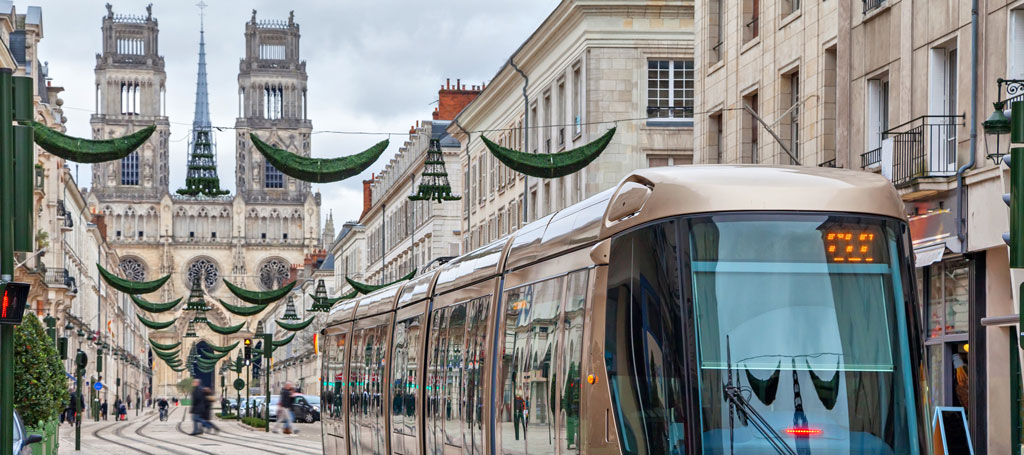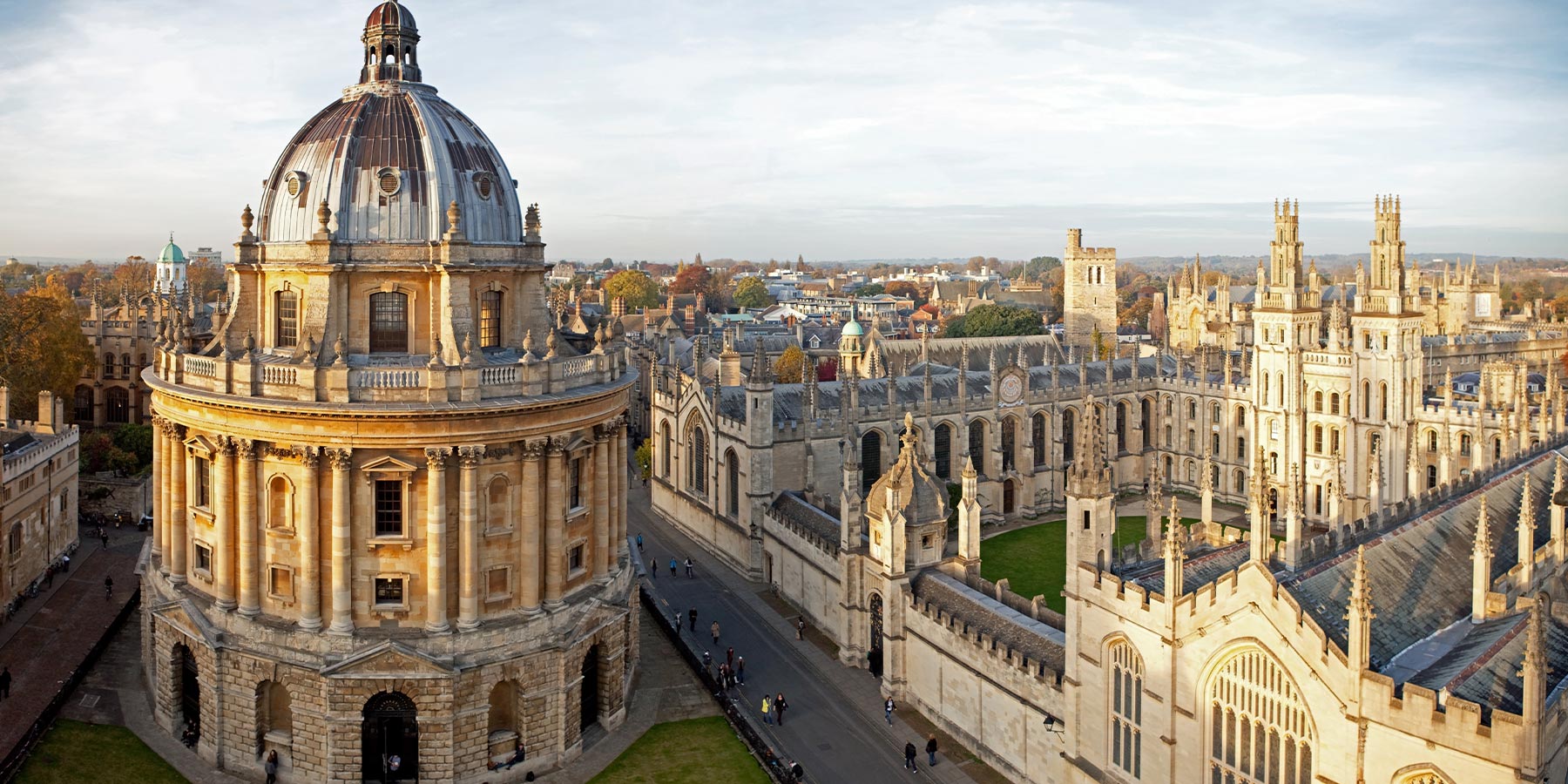
Protestant Temple

This point of interest is available as audio on the tour: Visit Orange, The City of Princes
In the 16th century, with a Protestant prince at the helm, Orange became a true stronghold of the Protestant Reformation, in a France literally torn apart by the Wars of Religion. At its peak, the city boasted a community of 2,400 Protestants, four pastors, two temples, a college and a university. The large temple you see here is the only one to have been rebuilt after Louis XIV’s dragonnades, which led to the destruction of the city’s two Protestant places of worship in the 18th century. At that time, Huguenots, aka French Protestants, opted for exile, seeking refuge in various countries that had adopted the Reformation or were more tolerant, such as Switzerland, Germany, Great Britain, or the British colonies in North America. Is your brain overloaded with dates and facts? Take a seat, grab a coffee, and let’s hit the rewind button! If this all feels like a snoozefest, feel free to skip this next part and continue the tour. Still with me? So, what sparked this religious upheaval? In the 16th century, the Roman Church was increasingly criticized for its financial and moral corruption. Enter two men, Martin Luther and John Calvin, the main spokespersons. They believed in the same God, but disagreed with the Church on many issues, including the path to salvation. Back then, folks could “buy” their way out of hell through indulgences; they would basically give money to the church and in exchange be forgiven for their sins. The two men felt that the Pope and his priests were lining their pockets on the backs of the credulous faithful, and so they launched a reform to return to what they considered the core principles of the sacred texts. At that time, another very important factor came into play. It’s the rise of the printing press, which allowed ideas to circulate much more freely. For the Catholic Church, the Bible and Mass must be in Latin only, and led by a priest. Sacred texts must never be left to the interpretation of mere mortals. Protestants, on the other hand, hold very simple Masses, without incense or Latin texts. They also translate and distribute the Bible in French. Owning such a text during the Wars of Religion could get you burned at the stake! But all this soon turned political, pitting the rulers of divine right against the European princes, who saw Protestantism as a tool to challenge papal authority. In France, the First War of Religion broke out following the massacre at Vassy, when the troops of the Duc de Guise, a staunch advocate of the Catholic cause, attacked a group of Protestants gathered for worship in their village. What followed was a complex series of wars, leading to shaky truces and treaties granting a certain degree of religious tolerance. The marriage of Protestant Henry IV and Catholic Queen Margot ought to have settled things, but it tragically ended with the horrific St. Bartholomew’s Day massacre. Eight brutal Wars of Religion would eventually pave the way for Henry IV’s ascension to the throne, his conversion to Catholicism with his famous “Paris is worth a mass”, and his landmark Edict of Nantes. But peace wouldn’t last. Louis XIV revoked this edict, effectively abolishing religious freedom for Protestants and leading to a mass exodus of Huguenots from France. And with that, we conclude our quick recap of this significant chapter of our history.


Discover Orange with app
An interactive guide through the most beautiful streets, squares, and districts
19 fun audioguides full of historical facts, anecdotes, and legends





Comments